Medium: “How Product Managers Can Become Communication Chameleons” by @kennethn https://t.co/QOuhTWdd3B
Communicating in Color
How Product Managers Can Become Communication Chameleons
Product managers if anything else are communicators. They need to be able to channel multiple points-of-view, and to work as easily with engineers as with salespeople. Some PMs are natural chameleons, but for others it doesn’t come so easily. It didn’t for me. Several years ago I attended a Google offsite where I learned a system that’s really helped.
Now, you’re going to be skeptical – I was. It sounds a lot like Myers-Briggs and all those other personality tests. They never helped me much. They didn’t tell me anything I didn’t already know about myself. More importantly, they didn’t tell me anything about others. And communicating is more about everyone else than it is about me. But I swear this one is different.
It’s called True Colors™, and it was created by Don Lowry based on the earlier research of Keirsey, Jung, and others (it traces a lineage all the way back to Hippocrates). Lowry’s observation was that understanding our communication preferences informs us more than personalities. It’s more about how we are than who we are.
Lowry identified four temperaments, and he gave each of them a color metaphor. The colors aren’t exclusive buckets that each of us fit into, they’re ways of communicating that we all use. But chances are there’s one temperament that’s your preferred way of working with others. And that understanding where we all sit on this color spectrum makes us more cognizant and appreciative of our differences.
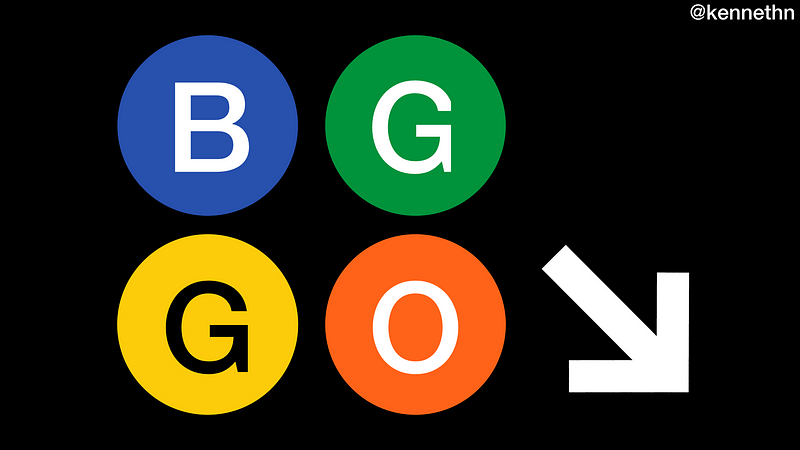
Gold
The first color is Gold. Golds are accountable, thorough, and detailed. They crave productivity more than anything else. They appreciate order and punctuality. A Gold always reads the instructions. If you have a Gold on your team, you want to be punctual. You should recognize their accomplishments. Establish clearly defined goals. Golds are essential for keeping product teams honest, organized, and focused on what’s really important.
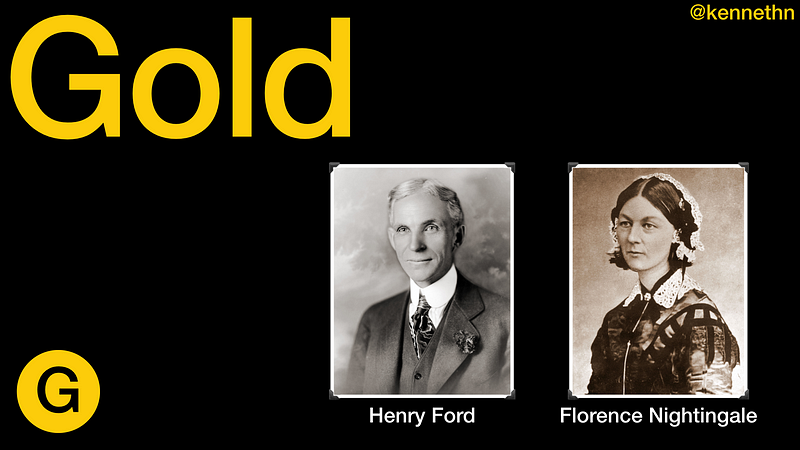
Orange
Oranges are natural problem solvers. They live in the here and now. They look for fun and excitement. An Orange would never read the instruction manual, they dig right in. If you have Oranges on your team, show energy and enthusiasm. Get them emotionally involved and committed. Let them take risks. Show that you’re flexible, that you recognize their ideas. Oranges push product teams to think bigger, to try crazy new ideas, and to be even more ambitious.
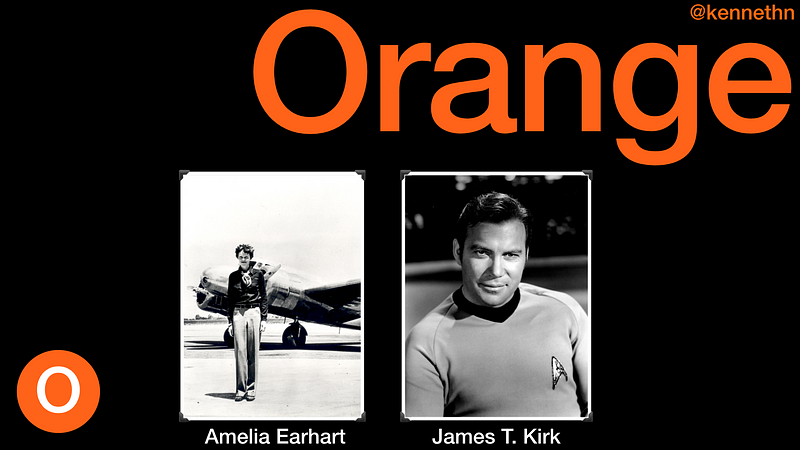
Blue
Blues care more than anything else about people. They enjoy finding the potential in others. They’re empathetic, capable of connecting. A Blue would rather resolve a problem face-to-face than over email. With Blues, you need to be real and sincere. Ask how they’re feeling. Demonstrate that you are concerned with how the decisions you make impact the people involved. Blues are invaluable for keeping their finger on the pulse of a team, flagging discord, and playing peacekeeper.
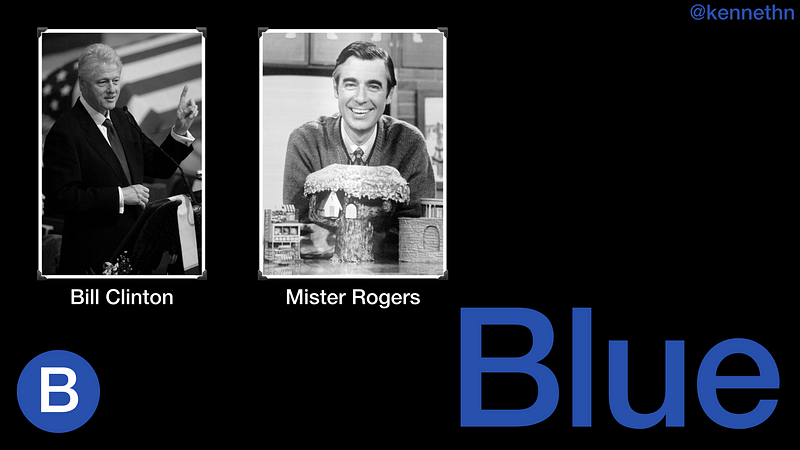
Green
Greens are principled learners, seeking accuracy above all else. They make decisions based on information, not feelings. They like to work independently. Greens might prefer to keep discussions to email rather than interrupt their flow for a meeting. With Greens, make sure you come prepared with data. Be ready to debate and argue the merits of different approaches. Make sure your solutions really solve the problems. Greens are the engines that keep product teams grounded in reality, building and inventing clever systems.
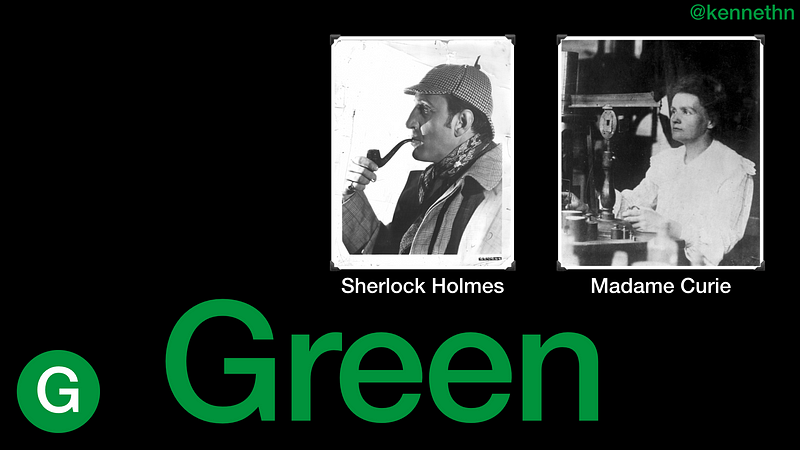
The first step in True Colors is understanding yourself. I learned that my primary color is Green. I’m more engineer than psychologist. I have a secondary color that tempers this: Orange. I’m more adventurer than project manager. Knowing myself allows me to give others a HOWTO manual for working with me. For example, I prefer email to meetings. I want to hear data to support your arguments, not hunches. And I’m allergic to inaction – let’s just do something, anything.
True Colors also helps you see your blind spots. For me, those are Blue and Gold. I’m not always connected with the feelings of those around me. I can frustrate or frighten people without even realizing it. I don’t always think through all the steps before I jump in and take action. I began to understand that the times in my career when I’ve been most successful have been when I’ve been surrounded by people who complemented my styles. A Blue to whisper in my ear that emotions are running high and need to be defused. A Gold to remind me to stay focused on the task at hand, and to do a better job documenting the steps.
It helps me see the colors in others. I start to detect the profiles of teams: how certain groups can be dominated by one color or another, which causes them to work very differently from each other and to have different blind spots. Recognizing that and counting on team members to carry their weight in different ways makes for a healthier and more effective team.
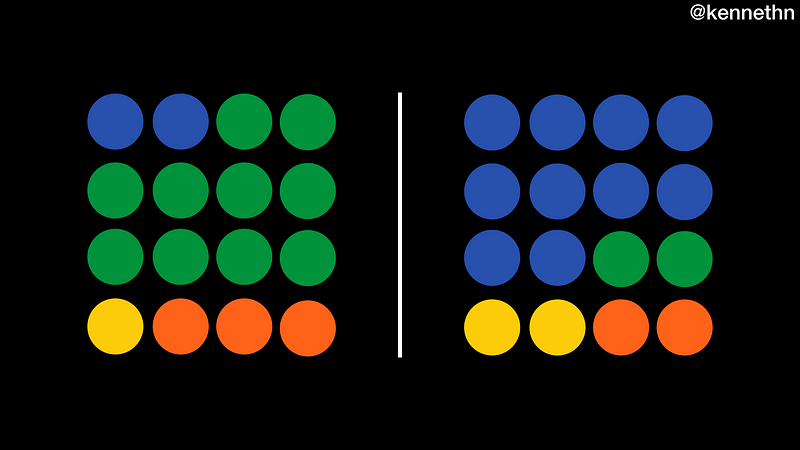
True Colors is only a tool, so don’t overuse it, or let it explain everything. Humans are more complicated than that. But it’s incredibly useful, and it’s helped me become a better communicator. I encourage you to give it a shot. If it works for you, try it with your team. Understanding each other and the interfaces between us allows us to meet each other halfway, and to work together more harmoniously.
True Colors™ is a trademark of True Colors International, Inc.
I’m a product partner at Google Ventures. Before moving to GV, I spent almost seven years as a Google product manager. Follow me on Twitter @kennethn.
Other essays I’ve written about product management:
